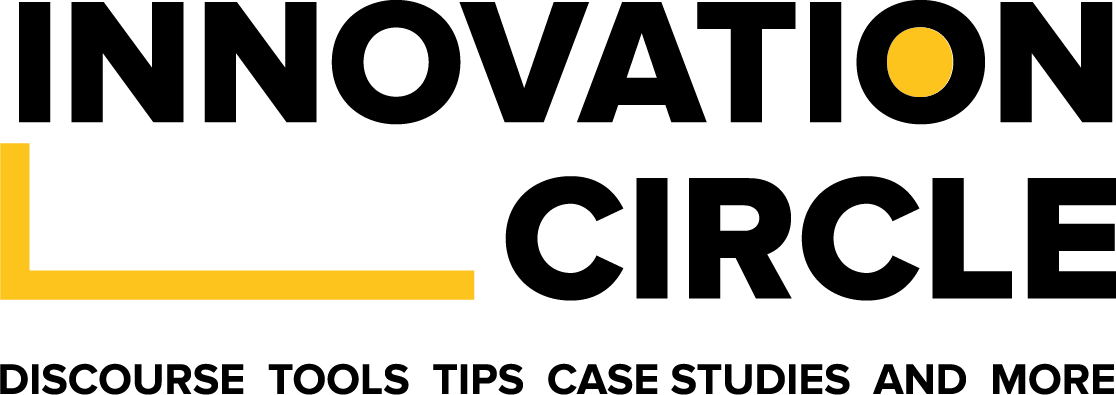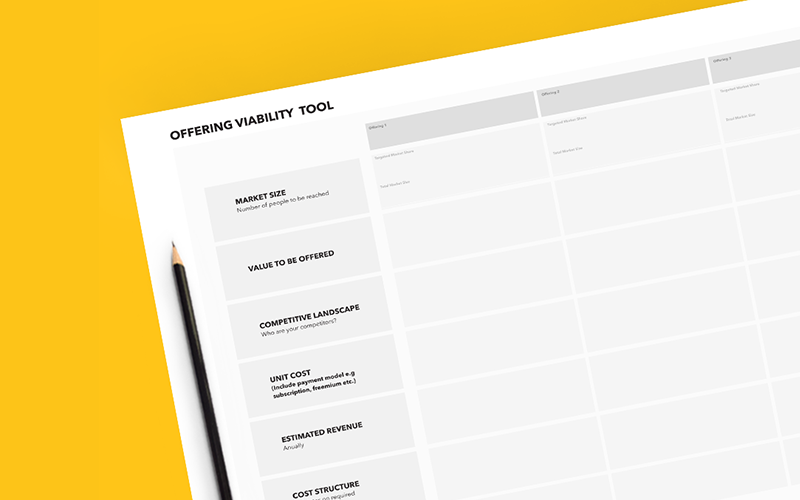How Tech Companies Can Design Better Products for Market
Design Research is a user-focused method to gaining information of your customers, through human-centred design processes, to inform your product build. It seeks to discover your customers’ behaviour patterns, drivers and needs.
So, the story goes, a company releases a product, it makes a huge splash everywhere, social media, radio, Out-of-Home, communities offline as well as blogs and media sites online. People talk about how they’re interested and can’t wait to try it, there’s so much excitement in the air.
We’re all almost sure this is going to be the product that disrupts all products, I mean, after all the company that released it, is one of the top ones. Then one month goes into 6 months, and 6 months into 1 year, and you hardly almost hear about the product anymore. Rumours start spreading that the company isn’t going to renew their App Store fee when the current one expires. Then the product slowly is unheard of again, until of course someone in one meeting somewhere wants to use it as an example of what failure in the market looks like.
I remember a similar situation happening not too long ago. I remember distinctly driving down a popular street in Victoria Island, Lagos one December period, the entire street was laden with banners promoting the new product that just launched, everyone I met talked about either how much they loved the product and their advertising and their branding and on and on.
But then less than a year later, public interest had died. The product was now being used as a ‘case study’ of what not to do, with product and digital teams everywhere nit-picking on certain features in the product, pointing out reasons why they failed.
So, what was the problem there? How do you confidently release a product into the market, knowing that customers actually need the solution? How do you launch a product knowing that worst-case scenario is you pivoting, because you’ve taken the necessary precautions to mitigate risk and truly, I mean truly understand what the market is needing?
Market Research will clearly tell you how big the size of the market is, and the locations that will adopt and spend money on your product. Market research is very helpful for any product team seeking to take the time and resources to develop and launch a product into the market. With focus groups, product test sessions and more, market research delivers enough information for teams to know what direction to take.
However, what market research doesn’t do is allow you truly understand and empathise with the people who are going to use your product. An in-depth understanding of your users is a key step in releasing a successful product to market. We’ve seen it with Airbnb, how they went door to door in New York talking to their customers in aims of understanding what was stifling their growth. Or with Duolingo, the world’s number 1 language learning app, who tests their product rigorously to be able to understand what users want and immediately adapt. The list goes on, if you see a company that excels in product design and customer engagement and experience, then you’ve seen a company that relentlessly seeks to understand customers using the methodology of Design Research.
How fit is your product for your customers? Does it hit a nerve with them? Is there something, however small, that’s stopping people from adopting your solution in the masses, and you don’t know about it? For Airbnb, at the start, it was just that the pictures of the rentals that were being posted on the site were bad, and so people were turned off or didn’t trust the platform. Just changing this seemingly ‘little’ thing made them double their profits in a one week.

These are very important questions for product, design and ventures teams, knowing that if they could see what their customers see and experience what they experienced, creating solutions for them would take a whole new dimension. Someone said, ‘empathy is the bedrock of innovation’, that couldn’t be truer, I’ll add that empathy is also one of the drivers of competitiveness and product dominance in the market.
I vividly recall a design workshop we ran recently; the products team’s biggest problem was customers’ use (onboarding) of their app. With Design Research, no doubt they would get to the bottom of the issue quickly.
So, what is Design Research?
Design Research is a user-focused method of gaining information about your customers, through human-centred design processes, to inform your product build. It seeks to discover your customers’ behaviour patterns, drivers and needs. It studies users in their contexts, observing them and walking in their shoes, to get an understanding of them that informs the end solution. The one undisputed value of Design Research is to enable you uncover and discover information from customers to serve them better through delightful user experiences and products that satisfy their needs.
Design Research seeks to answer, “why would customers use this product?”, “How would they experience it?”, “What are potential obstacles they could face using it?” Answering these questions empowers product teams to build better solutions with great user experiences to boot.
How Design Research help’s tech teams deliver stellar experiences for their users
It’s no secret that one of the reasons why products fail is because they were never built for users. The entire tech world, today, is radically embracing the idea of User Research and User-centred Design, not just to provide solutions that meet users’ needs but that truly engage them and answer to a pain they experience. Design research emerges as a true means by which companies can deliver on customer expectations, innovate and positively impact the bottom line.
Knowing this value, companies from NGOs to Banks have sought to unearth users’ latent needs, seek opportunities for growth, or solve a problem that exists to bring about a better solution to market.

Every company looking to stand out through stellar customer experiences and disruptive solutions must have an understanding of the customers so in-depth that it informs the product build and ensures product success, brand growth and positive impact to your bottom line.
Other benefits of Design Research:
- It’s a proven method to greatly reduce the cost of releasing product failures into market
- It’s the way to discover user needs
- It helps you not only discover users’ latent needs; it helps you understand and deliver great experiences for them
- Informs you with real facts about your users and their contexts, using Design Research, you even discover information such as their personality types, how they look and their reactions etc.
In this age of empowered customers, leveraging this methodology is one ammunition tech teams everywhere wouldn’t want to miss out on.




